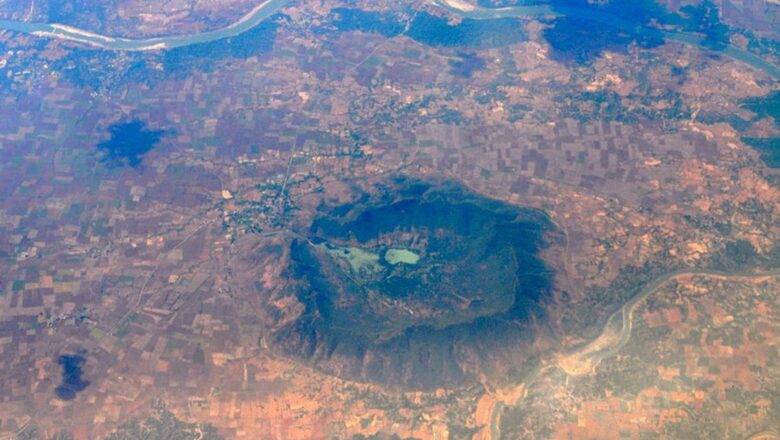
views
Believed to have been formed 600 million years ago, the Ramgarh crater in Rajasthan’s Baran district will soon be transformed into a geo-tourist attraction, according to officials. It is the country’s third and the state’s first crater. The other two are Lunar crater in Maharashtra and Dhala crater in Madhya Pradesh. After the plan is implemented, the Rajasthan Tourism Department expects 30,000 to 40,000 tourists to visit the site every year, the officials said. The site will be developed as a tourist attraction at a cost of Rs 57.22 crore and the work has already started. This includes beautification of the crater lake, infrastructure development and other decorative work around the site, they said.
The Tourism Department is constructing a high-quality road, an information centre, a knowledge centre and a cafeteria, the officials said. Development of gardens and a green area, construction of a ghat, erecting an entrance gate and signage, and drip irrigation have been proposed, they said. “In the coming days, the Ramgarh crater will emerge as a favourite tourist destination in the country with the department moving forward to promote geology tourism,” said Tourism Department Director Rashmi Sharma.
The site stands as a symbol of harmony between geology, archaeology and history. The Ramgarh area has also been declared a reserve conservation area by the Forest Department, she said. According to the officials, Tourism, Forest department and Public Works departments are working shoulder to shoulder for the development of this area. Satish Tripathi, general secretary of The Society of Earth Scientists, said the crater, 12 km from Mangrol tehsil of Baran district, was discovered in 1869. It is believed that this crater, which has a diameter of 3.5 km, was formed after a meteorite fell from space 600 million years ago. The Ramgarh crater has been recognised as the 200th crater of the World Geo-Heritage. The fact that a meteorite fell here has been scientifically established because the energy produced by the impact of the meteorite melts the sand and becomes glass, Tripathi said.
Higher-than-normal amounts of iron, nickel and cobalt have been found in the crater. Many asteroids also contain these elements in high quantity, he said. Deputy Director of Tourism Daleep Singh Rathore said a 10th-century Shiva temple of Khajuraho style is situated on the periphery of the Ramgarh crater and is known as ‘Mini Khajuraho’. There are two lakes located inside this structure which are the natural habitat of many migratory birds. A 950-year-old Devi temple along with a group of very ancient temples and Kelpuri Samadhi Sthal is also located here, he said. Chital deer and wild boars are also found here, he said, adding that all essential elements of a tourist site are present in this area.


















Comments
0 comment